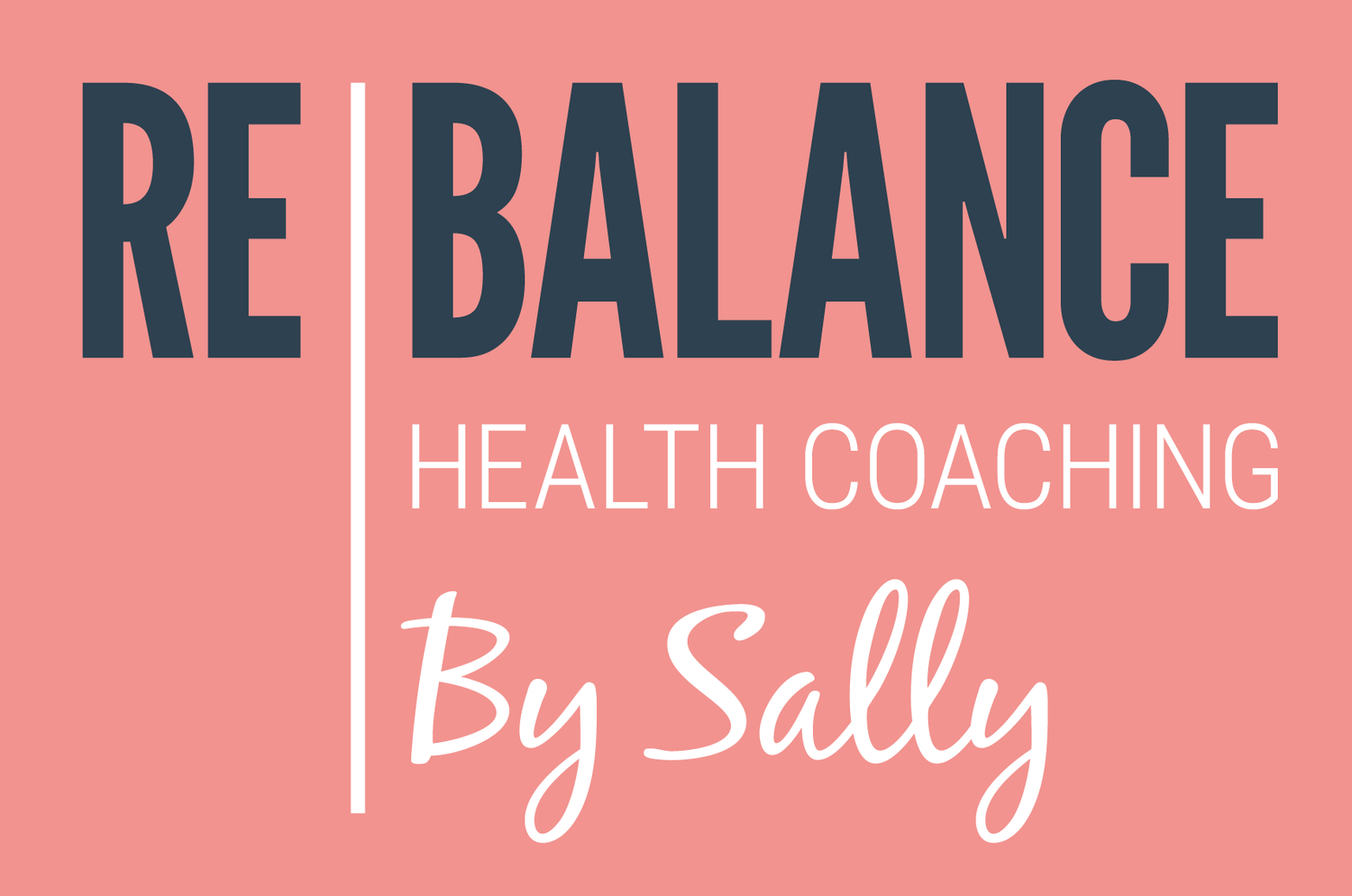Free yourself from food cravings
Do you experience food cravings? That feeling of urgency to grab a sugary or salty treat?
Intense food cravings are really common and especially during perimenopause/ menopause. In this blog, we'll explore the reasons behind food cravings and provide practical tips to help you manage them effectively. Creating healthy habits can make a significant difference to your overall well-being.
Why do we get food craving?
Food cravings can be caused by a number of reasons:
Emotional Triggers: Stress, boredom, tiredness, sadness and other emotions can often lead to cravings. It's important to differentiate between true hunger and emotional eating. When you get a craving, it’s useful to take a few minutes to think about what you are feeling. Maybe even right it down. Are you really hungry? or are you actually thirsty? or is it another emotion such as stress?
Finding alternative activities to do instead of eating can be beneficial. For example, could you go for a walk, play with your pets, call a friend or put on some music? These act as a distraction and help you to mindfully change your emotion. You’ll often find that you no longer have the craving after the activity and discover that you weren’t hungry after all.
Hormonal Changes: Women in particular, may experience cravings during different phases of the menstrual cycle due to hormonal fluctuations. Being aware of these patterns can help you make more informed food choices.
Oestrogen decline during perimenopause/ menopause can cause an increase in appetite as well as the fact that ghrelin (your hunger hormone) increases during perimenopause. Do you feel hungry more often since perimenopause? During perimenopause/ menopause we often have a rise in cortisol (your stress hormone). Higher levels of cortisol can increase cravings for foods high in sugar, salt and fat. So yes, you can blame your hormones for craving that piece of cake or that bag of crisps!
Blood sugar rollercoaster: When you eat sugary or highly processed foods, there's a rapid surge in blood sugar levels, providing a temporary boost in energy and mood. However, this surge is often short-lived, leading to a subsequent crash in blood sugar levels. The abrupt decline triggers cravings for quick energy fixes, fuelling the rollercoaster and a cycle of unhealthy eating habits.
Nutrient Deficiencies: Sometimes, food cravings can be your body's way of signalling a deficiency in certain nutrients. Listen to what your body is asking for, it might be a need for more iron, magnesium, or other essential vitamins and minerals. Not sugar though I’m afraid! If you’re craving sugar, see the other triggers above. A craving for chocolate might be a magnesium deficiency so including magnesium rich foods into your diet like spinach, kale, nuts, pumpkin seeds could help or swap milk chocolate for 75%+ dark chocolate which is high in magnesium.
How to reduce food cravings:
Food cravings can lead to weight gain which may increase your risk of some health conditions. You might therefore want to use some of the suggestions below to manage your food cravings:
1. Eat nutrient dense balanced meals: Ensure your meals are well-balanced, incorporating a mix of proteins, healthy fats, and fibre. Reduce and limit the amount of sugar, salt and processed foods you’re eating. This can help stabilise blood sugar levels and reduce the likelihood of cravings.
Don’t go hungry, if you’ve ruled out emotional eating and you are hungry, you need to fuel your body with a nutritionally dense snack or meal. Protein and fibre will keep you feeling full for longer.
2. Mindful eating: Listen to your body's hunger and fullness cues. Practice mindful eating by savouring every bite, chewing several times and eating without distractions such as devices. Be attuned to the food that you’re eating, how does it smell, how does it taste, what’s the texture, how does it make you feel?
3. Stay hydrated: Dehydration can sometimes be mistaken for hunger. Drink an adequate amount of water throughout the day to stay hydrated and curb unnecessary cravings. 2 litres/ 8 glasses of water per day are recommended.
4. Manage stress: managing stress will help to bring down your cortisol levels and therefore minimise sugar cravings. Find a stress management method that works for you. It might be going for a walk, being in nature, yoga, meditation, breathing techniques or having a cuppa and a giggle with friends.
5. Move your body throughout the day: Movement and exercise help to balance blood sugar levels and reduce cravings. It also acts as a distraction until the craving has passed. So instead of grabbing that chocolate bar go for a quick 10 minute walk around the block or dance around your kitchen and it’s likely that the craving will pass.
As I always say, life is about balance. Enjoy your favourite food and make the most of your leisure time. Include delicious, nutritionally dense meals, have fun while moving your body, make time for relaxation and spend time doing things that you love to support a long, happy and healthy life.
Do you want to be free from cravings, regain your energy and lose the extra weight?
Our 8 week Re-Balance programme is ready and waiting to support you to achieve this. More information can be found here
Contact us to get started


